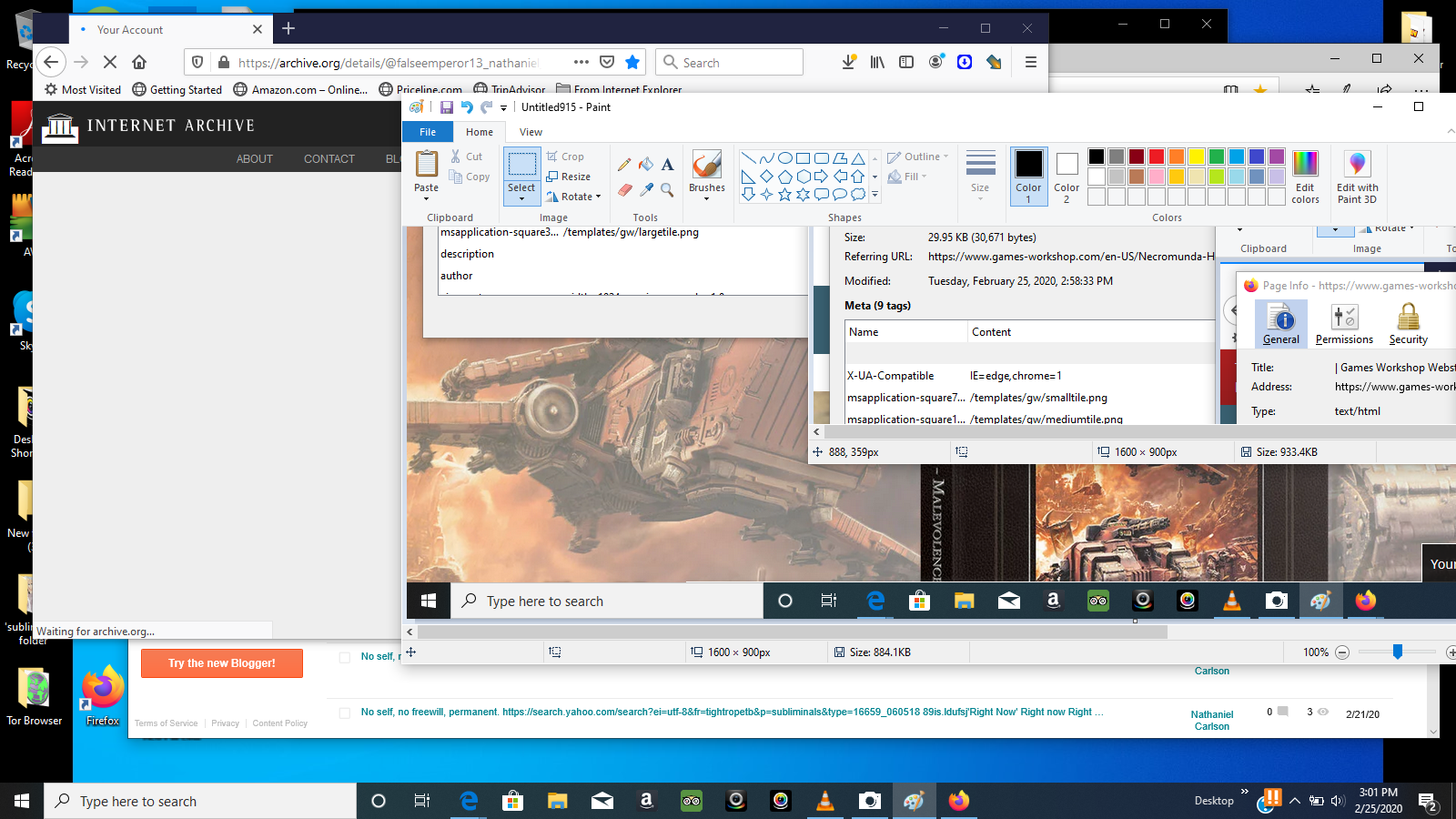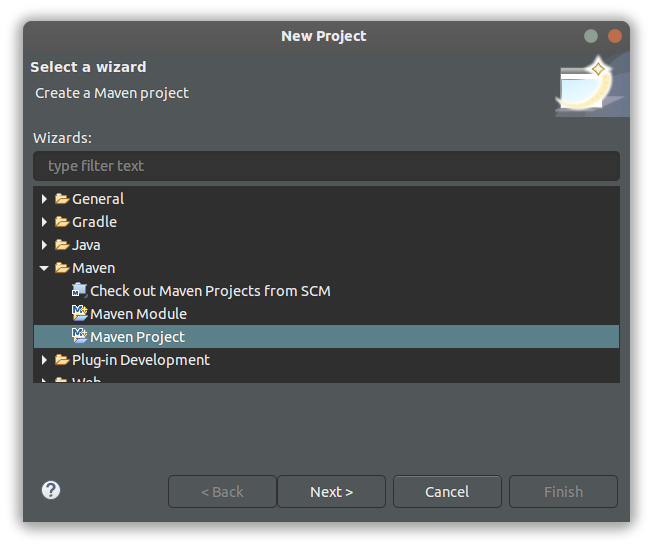

A repository and distributionManagement section.A project-specific URL in the distributionManagement section.In all cases, to publish a package, you need: The option you choose determines the settings you add to your pom.xml file. Packages from different GitLab groups or in their own namespace. That’s all, NO installation is required to work with Mvn. For example, let say you have downloaded the.
#Maven install example download
#Maven install example how to
This book from the official Nexus site will show you how to install and use Nexus repository manager. The best solution is to use a Nexus Repository Manager which will contain all your JARs and you will use it as repository to download the dependency. Then you can add the dependency into your pom.xml Let’s consider that the jar is located under _ /lib/app.jar._ Below the configuration of maven-install-plugin: The best way is to put the JAR in a folder created at the root of the project (in the same directory as the pom.xml file). To do this, you must specify the location of the jar you want to install. The portability of the project must be taken into account.Īnother solution is to use the _maven-install-plugin_ in your _pom.xml_ which will install the jar during the Maven _“initialize”_ phase. To create a simple java project using maven, you need to open command prompt and run the archetype:generate command of mvn tool. Or again, if there are many persons working on the project, each must install the JAR in his local repository. We can create a simple maven example by executing the archetype:generate command of mvn tool. Why ? You have to consider that the day you change your local Maven repository you have to re-install the JAR. You can then add the dependency to your Maven project by adding those lines to your pom.xml file: if you do both in one mvn command ( mvn clean install ), Maven will resolve dependencies first.
These information can also be given in command line: mvn install:install-file -Dfile= -DgroupId= -DartifactId= -Dversion=įor example: mvn install:install-file –Dfile=C:\dev\app.jar -DgroupId= -DartifactId=example-app -Dversion=1.04.1 Unzip the file to a New user-defined folder in C: (here C:/Maven.

#Maven install example zip
Indeed, since the version 2.5 of _ Maven-install-plugin_, these information can be taken from an optionally specified _pomFile_. Download Maven from Select the Link option apache apache-maven-3.6.0-bin.zip to download the zip file. Note that we didn’t specify _groupId_, artifactId, version and packaging of the JAR to install. The use of the plugin is very simple as below: mvn install:install-file -Dfile=

The first solution is to add manually the JAR into your local Maven repository by using the Maven goal _ install:install-file_.


 0 kommentar(er)
0 kommentar(er)
